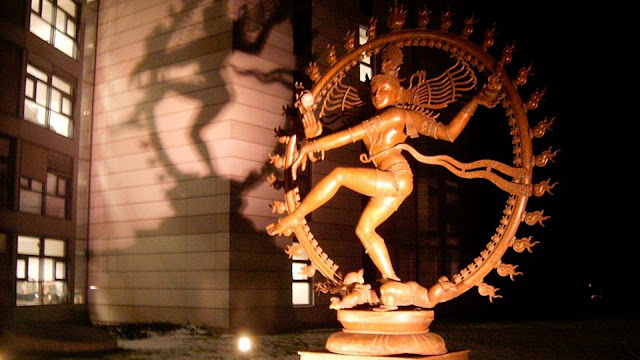“The truth will set you free. But not until it is finished with you.” (David Foster Wallace, Infinite Jest)
This may prove interesting to those interested in this sort of thing: apparently, tracking and charting of the dharma transmission from student to teacher back to the Buddha, so integral to Chan and Zen practice, did not begin until the Eighth Century A.D.
As described by Philip Yampolsky, a lecturer at Columbia University until his death in 1996, in his translation of The Platform Sutra, "By the time that the T'ang dynasty had gained control of a unified China in 618, Buddhism was already firmly entrenched on Chinese soil. From its modest beginnings as a religion introduced by traveling merchants and both Indian and Central Asian missionaries in the first and second centuries, it had spread throughout all levels of Chinese society. Vast temple complexes, awe-inspiring in their magnificence, stood in the cities and towns; great monastic communities graced the top of many a lofty mountain. Imposing works of sculpture and painting and elaborate and ornate ritual stirred the hearts and minds of the populace."
Meditation had always been an essential part of Indian Buddhism, and it was no less important in China. Eventually, there came to be practioners who devoted themselves almost exclusively to meditation. Probably originally wandering ascetics, some of them began to gain a following, and eventually communities of monks were established where the practioners meditated and worked together. Toward the end of the seventh century, one such community, that of the priest Hongren of East Mountain, had gained considerable prominence. Hongren and his many disciples were the original Chan Buddhists.
As explained by Dr. Yampolsky, once Chan began to be organized into an independent sect, it required a history and tradition which would provide it with the respectability already possessed by the longer-established schools of Buddhism. "In the manufacture of this history," Dr. Yampolsky writes, "accuracy was not a consideration; a tradition traceable to the Indian patriarchs was the objective." To this end, they not only perpetuated some of the old legends, but they also devised new ones, which were repeated continuously until they were accepted as fact. To achieve the aura of legitimacy so urgently needed, histories were compiled tracing the Chan sect back to the historical Buddha. Stories of the Chinese patriarchs were composed, their teachings outlined, their histories written, and their legends collected.
So, obviously, the histories, stories, koans, and traditions so essential to Chan and Zen Buddhism are not what we consider in the 21st century to be "historical fact," but that does not matter in the least. As with the historical Buddha, the authority of the teachings does not rely on who taught them, but whether or not they work. If it were somehow proven that Scottish biologist Alexander Fleming hadn't in fact invented penicillin, the medicine would still be every bit as effective. Whether or not there was ever an actual Betty Crocker, the recipes would still be only as useful as the dishes they can produce.
The stories, teachings, and lives ascribed to the Chan lineage may have been drawn from popular legend and not from historical fact, but the legends have survived the centuries due to their ability to awaken us to our true nature, to their value as teaching devices, and to their guidance for those following the buddha-way. But it's helpful to remember their origins before we become too attached to the teachers and not the teachings.








































